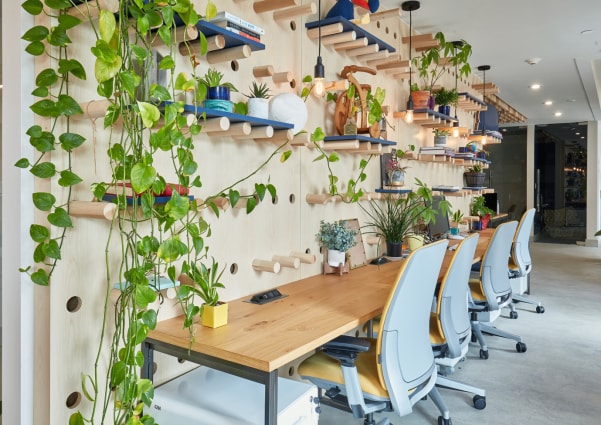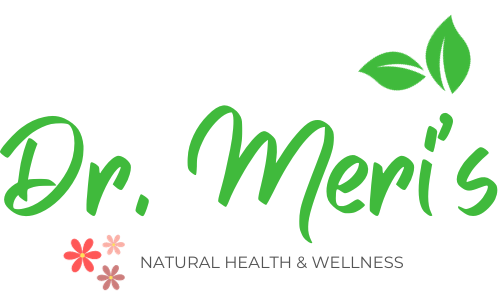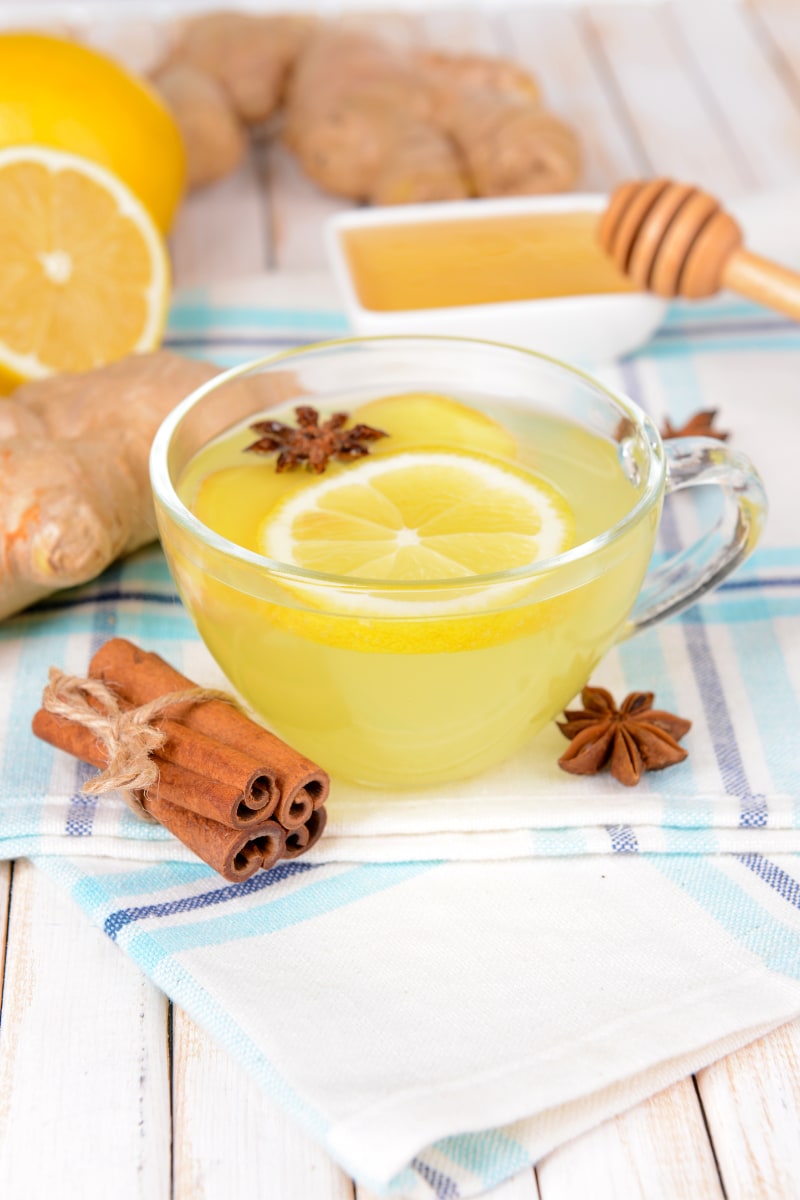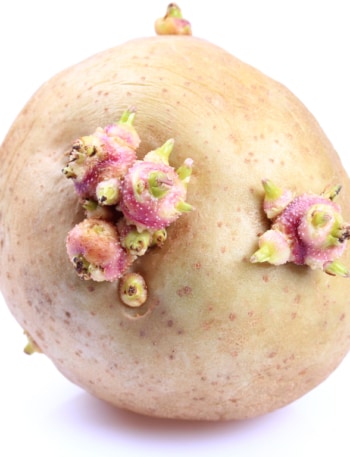The rich flowers and foliage of indoor plants bring a sense of beauty and coziness to our homes and workplaces. Any space can be revitalized with a houseplant. Apart from that, do plants affect our overall health and well-being? Let’s explore the health benefits of houseplants
What is sick building syndrome?
Sick building syndrome is a medical condition in which persons in a building experience disease symptoms or feel unwell for no obvious reason. Low indoor air quality reduces productivity at work by 10% to 15%.1 The efficiency and effectiveness of air filtration are increased when indoor plants and ventilation technologies are combined.2
These facts make us wonder if green spaces positively impact human health.
What are the health benefits of houseplants?
Two key theories from an environmental psychology perspective have been extensively studied about the effects of exposure to nature on restorative benefits: attention recovery theory (ART) and stress reduction theory (SRT).
The Attention Restoration Theory (ART) emphasizes that the natural environment is beneficial to the restoration of directed attention for people’s effective functioning.
According to the ART,3 the natural world has a “soft charm” that makes it easy for individuals to focus. As for the SRT, being in nature is thought to trigger psychological reactions that are associated with evolution and safety. As a result, being in nature is considered to stimulate our parasympathetic nervous system and aid in the recovery process after psychophysiological stress.4
Numerous studies have found that good encounters in nature produce positive psychological and physiological reactions. Here’s what science has to say about the advantages of living and working with indoor plants.

Stress reduction
Extending natural interaction in the physical work environment in offices may contribute to the diversity of possible health-promoting workplace interventions.
A study has reported that active involvement with indoor plants can lower physiological and psychological stress. This is accomplished by suppressing sympathetic nervous system activity and diastolic blood pressure while encouraging relaxed, soothed, and natural sensations.5
Even small-scale greening, such as indoor green walls and potted plants, can give excellent stress alleviation.6

Air purification
Indoor plants increase air quality by emitting oxygen and humidity. NASA scientists discovered that many houseplants remove toxic chemicals from indoor air, such as benzene, formaldehyde, and trichloroethylene.7
They investigated the leaves, roots, soil, and related microorganisms of plants as a possible strategy for lowering indoor air pollution. As a result, they discovered that within 24 hours of entering a home, indoor plants may eliminate up to 87% of pollutants in the surrounding air and water.
Although this has been scientifically proven, the efficiency of plants in purifying air is not as it is imagined. For more details read this article: Do Houseplants Purify Indoor Air?
Other health benefits of houseplants
- Greenery is favorable to human emotions, physiological functioning, attention restoration, behavior, and health;8–10
- they improve pain tolerance,11 comfort, task performance,12 satisfaction, happiness;13
- they reduce physical discomfort;14
- they decrease rapid pulse rate;4
- they improve diastolic blood pressure and academic achievement;8
- they increase positive emotions and reduce negative feelings;15
- they are beneficial for cognition, psychological well-being, and social outcomes;14,15
- they affect objective functions positively, particularly in terms of relaxed physiology and improved cognition.8
Health concerns of houseplants
There are many advantages to having plants in your house or office (or home office), but there are also some risks. When deciding whether or not you want an indoor garden, keep these in mind.
Mold
The soil of houseplants may contain mold, causing allergy symptoms in persons who are allergic to mold. People should consider a mold allergy if they have a runny or stuffy nose or watery eyes, and they believe that these symptoms are brought on by being around plants or watering them.
Asthma
Although some indoor plants filter airborne contaminants, many indoor plants can exacerbate asthma symptoms when they grow mildew due to over-watering.
Allergy
Due to their pollen production, any flowering indoor plant has the potential to produce airborne allergies and may trigger asthma.
Check out these articles on allergy and asthma-friendly plants:
- Are Indoor Plants Beneficial for Human Health?
- Allergy and Asthma-Friendly Flowering Plants
- Allergy and Asthma-Friendly Grasses and Shrubs
- Allergy and Asthma-Friendly Trees
Toxicity
It’s very important to keep poisonous houseplants away from kids and animals who might be enticed to nibble on them.
Since several plants have dangerous and completely safe parts, it is practically hard to compile a complete list of toxic plants. Choose safe plants for kids and pets or make sure to place them out of reach.
Final thoughts
Multiple health benefits of houseplants have been documented. With just water and light, you can create a flourishing indoor sanctuary. Adding plants to your house is visually attractive and can provide significant health advantages.
Indoor plants should be one of the essential aspects indoors for the benefit of people’s well-being and the efficiency of their daily activities. However, their risks, such as toxicity, allergies, and mold, must also be considered.
PRECAUTION: Consult your doctor if you have health problems and discover that symptoms like dyspnea, exhaustion, stress, migraines, or allergies are negatively affecting your life. Although they can be helpful for symptom relief, houseplants are not a replacement for medical care.
Read more about:
- Allergy and Asthma-Friendly Grasses and Shrubs
- Allergy and Asthma-Friendly Trees
- Are Indoor Plants Beneficial for Human Health?
- Do Houseplants Purify Indoor Air?
Did you find this article helpful?
Share with others and help spread the knowledge!
References
1. Cincinelli, A. et al. Measurement of volatile organic compounds (VOCs) in libraries and archives in Florence (Italy). The Science of the total environment 572, 333-339, (2016). http://dx.doi.org/10.1016/j.scitotenv.2016.07.201
2. Torpy, F. et al. Testing the single-pass VOC removal efficiency of an active green wall using methyl ethyl ketone (MEK). Air quality, atmosphere, & health 11, 163-170, (2018). http://dx.doi.org/10.1007/s11869-017-0518-4
3. Kaplan, S. J. J. o. e. p. The restorative benefits of nature: Toward an integrative framework. 15, 169-182, (1995). https://doi.org/10.1016/0272-4944(95)90001-2
4. Ulrich, R. S. et al. Stress recovery during exposure to natural and urban environments. 11, 201-230, (1991). https://doi.org/10.1016/S0272-4944(05)80184-7
5. Lee, M. S., Lee, J., Park, B. J. & Miyazaki, Y. Interaction with indoor plants may reduce psychological and physiological stress by suppressing autonomic nervous system activity in young adults: a randomized crossover study. Journal of physiological anthropology 34, 21, (2015). http://dx.doi.org/10.1186/s40101-015-0060-8
6. Gu, J., Liu, H. & Lu, H. Can Even a Small Amount of Greenery Be Helpful in Reducing Stress? A Systematic Review. International journal of environmental research and public health 19, (2022). http://dx.doi.org/10.3390/ijerph19169778
7. Wolverton, B. C. A study of interior landscape plants for indoor air pollution abatement: An Interim Report. (1989).
8. Han, K. T., Ruan, L. W. & Liao, L. S. Effects of Indoor Plants on Human Functions: A Systematic Review with Meta-Analyses. International journal of environmental research and public health 19, (2022). http://dx.doi.org/10.3390/ijerph19127454
9. Hartig, T., Mitchell, R., de Vries, S. & Frumkin, H. Nature and health. Annual review of public health 35, 207-228, (2014). http://dx.doi.org/10.1146/annurev-publhealth-032013-182443
10. van den Bosch, M. & Ode Sang, Å. Urban natural environments as nature-based solutions for improved public health – A systematic review of reviews. Environmental research 158, 373-384, (2017). http://dx.doi.org/10.1016/j.envres.2017.05.040
11. Bringslimark, T., Hartig, T. & Patil, G. G. J. J. o. e. p. The psychological benefits of indoor plants: A critical review of the experimental literature. 29, 422-433, (2009). https://doi.org/10.1016/j.jenvp.2009.05.001
12. Deng, L. & Deng, Q. The basic roles of indoor plants in human health and comfort. Environmental science and pollution research international 25, 36087-36101, (2018). http://dx.doi.org/10.1007/s11356-018-3554-1
13. Moya, T. A., van den Dobbelsteen, A., Ottele, M., Bluyssen, P. M. J. I. & environment, b. A review of green systems within the indoor environment. 28, 298-309, (2019). https://doi.org/10.1177/1420326X18783042
14. Yeo, N. L. et al. Indoor Nature Interventions for Health and Wellbeing of Older Adults in Residential Settings: A Systematic Review. The Gerontologist 60, e184-e199, (2020). http://dx.doi.org/10.1093/geront/gnz019
15. Lohr, V. I. & Pearson-Mims, C. H. J. H. Physical discomfort may be reduced in the presence of interior plants. HortTechnology horttech 10, 53-58, (2000). https://doi.org/10.21273/HORTTECH.10.1.53
Sign Up for Our Email List
Get our latest articles, healthy recipes, tips, and exclusive deals delivered straight to your inbox with our newsletter.
We won't send you spam. Unsubscribe at any time.








